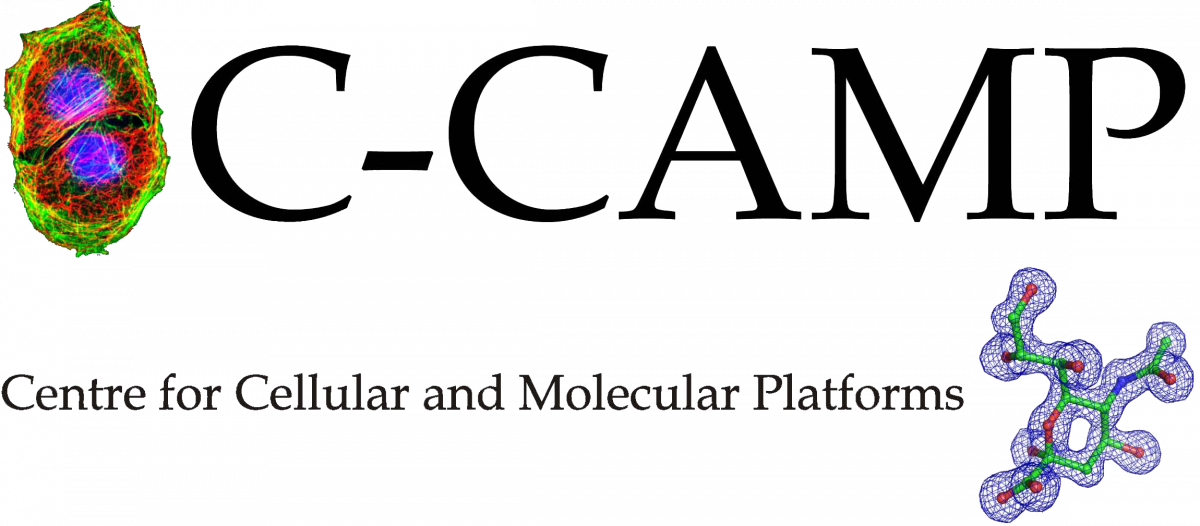Researchers have been testing a special software that can pick up on subtle emotions that are often too hard for humans to notice.
This software uses something called an “artificial net” to study important facial features and can actually tell us how strong different emotions are on a person’s face all at once.
To see how well this software works in real life, a team from the University of Bristol and Manchester Metropolitan University used it with people taking part in Bristol’s Children of the 90s study. They wanted to see if the software could pick up on genuine human emotions during everyday family life. They even used videos taken at home, filmed by babies wearing little cameras on their heads during interactions with their parents.
The results, which were published in a journal called Frontiers, revealed that scientists can rely on machine learning techniques to predict what emotions parents are showing on their faces based on the software’s observations.
Lead author Romana Burgess, who is a PhD student at the University of Bristol, said, “People have complicated emotions – these algorithms can tell us things like someone being a little bit sad, maybe 5%, or somewhat happy, like 10%.”
But there’s a catch. The software works best when the videos are high quality and recorded in ideal conditions. That means good lighting, people facing the camera directly, and no glasses or long hair getting in the way.
Romana added, “We were interested in how well the software would perform in the messy, real-world environments of family homes.”
The team used data from a study called the Children of the 90s health study, where parents used headcams to record interactions with their babies. They then used the software to analyze the parents’ facial expressions in the videos and compared it to human observations.
The team is excited about the potential of this technology to help understand things like mood and mental health disorders, including postnatal depression. They believe it can detect subtle emotional nuances that are often hidden when people try to hide their distress.
They plan to continue using this software in homes to understand mood and mental health issues better. This could open up new ways of monitoring health right in our homes.
In conclusion, this research is using cutting-edge technology to uncover hidden emotions during parent-baby interactions, potentially revolutionizing how we understand emotions in our daily lives.
- Eurekalert







